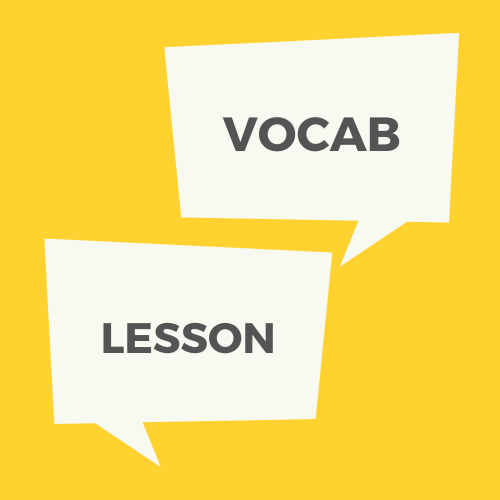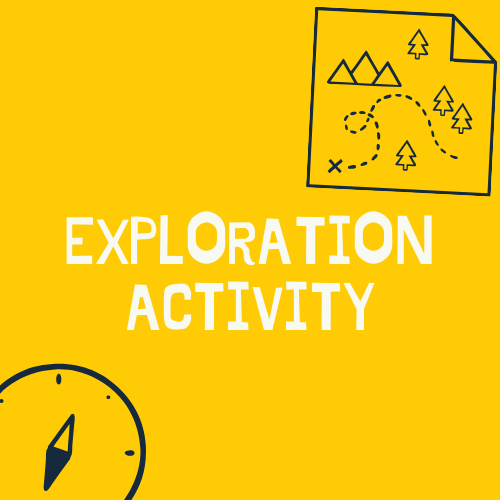Solar energy
Learn about how to harness energy from the sun and build an oven powered by solar energy.
Overview
Learn about solar power and other renewable sources of energy. Then conduct an experiment using solar power, graph data on a coordinate plane, and identify the variables within the experiment.
Materials
Goals
Objectives
Common Core State Standards
Next Generation Science Standards
Materials
Vocabulary Lesson
Computer or other device with speakers + internet
Math Concepts Lesson
- Computer or other device with speakers + internet
Exploration Activity
- Computer or other device with speakers + internet
Discovery Lesson
- A computer or other device with access to the internet
- “Food Item Melting Times” worksheet
- “Time & Temperature Graph” worksheet
- Colored pens, color pencils, or markers
- Clock or watch
- Oven mitts
- A microwavable plate that fits nicely inside your solar oven (see below for more information)
- Solar Oven materials (see below)
- Various food items (see below)
Solar Oven Materials:
- Small cardboard box (such as a shoebox)
- Aluminum foil
- Plastic wrap or a large, transparent plastic bag (such as a ziploc bag)
- Black construction paper
- Box cutter or scissors
- Clear Tape
Food Items for Solar Oven Experiment:
Food Item | Amount |
Chocolate | 1 small piece |
Butter | 1 spoonful |
Margarine | 1 spoonful |
Marshmallow | 1 piece |
Mozzarella Cheese | 1 spoonful |
Cheddar Cheese | 1 spoonful |
Goals
- Learn about solar energy and other forms of renewable energy;
- Compare how people have harnessed and used energy throughout time;
- Learn about experiment variables;
- Learn about graphing on coordinate planes;
- Learn a song about coordinate planes;
- Play a game to learn more about using solar and wind power;
- Think about the science aspects of making slime;
- Connect math and science with cooking;
- Understand the importance of using renewable sources of energy;
- Learn how solar energy is converted to electricity;
- Investigate how the materials used to create solar ovens harness solar energy;
- Use a line graph to analyze and present data; and
- Learn about variables and groups in a science experiment.
Objectives
- Read about solar energy and other forms of renewable energy;
- Listen to a story about how Maui harnessed energy from the sun and fire;
- Watch a video about how solar energy is converted to electricity using solar panels;
- Learn how and see examples of how to plot points in Quadrant 1;
- Sing a song to help you learn and remember how to plot points;
- Play a game to transfer solar energy and wind energy into electricity for people’s homes;
- Distinguish between control and experimental groups in slime experiments;
- Construct solar ovens;
- Melt various food items in solar ovens;
- Compare temperature change over time;
- Compare the effectiveness of different materials used in solar ovens;
- Plot and draw line graphs; and
- Define independent, dependent and controlled variables.
Common Core State Standards
CCSS.MATH.CONTENT.5.G.A.1
Use a pair of perpendicular number lines, called axes, to define a coordinate system, with the intersection of the lines (the origin) arranged to coincide with the 0 on each line and a given point in the plane located by using an ordered pair of numbers, called its coordinates. Understand that the first number indicates how far to travel from the origin in the direction of one axis, and the second number indicates how far to travel in the direction of the second axis, with the convention that the names of the two axes and the coordinates correspond (e.g., x-axis and x-coordinate, y-axis and y-coordinate).
Use a pair of perpendicular number lines, called axes, to define a coordinate system, with the intersection of the lines (the origin) arranged to coincide with the 0 on each line and a given point in the plane located by using an ordered pair of numbers, called its coordinates. Understand that the first number indicates how far to travel from the origin in the direction of one axis, and the second number indicates how far to travel in the direction of the second axis, with the convention that the names of the two axes and the coordinates correspond (e.g., x-axis and x-coordinate, y-axis and y-coordinate).
CCSS.MATH.CONTENT.5.G.A.2
Represent real world and mathematical problems by graphing points in the first quadrant of the coordinate plane, and interpret coordinate values of points in the context of the situation.
Represent real world and mathematical problems by graphing points in the first quadrant of the coordinate plane, and interpret coordinate values of points in the context of the situation.
Next Generation Science Standards
4-ESS3-1
Over time, people’s needs and wants change, as do their demands for new and improved technologies.
ESS3.A
Natural Resources. Energy and fuels that humans use are derived from natural sources, and their use affects the environment in multiple ways. Some resources are renewable over time, and others are not.
5-PS3-1
Energy can be transferred in various ways and between objects.
4-PS3-1
Use evidence (e.g., measurements, observations, patterns) to construct an explanation.
4-PS3-4
Apply scientific ideas to solve design problems.
4-PS3-4
Apply scientific ideas to design, test, and refine a device that converts energy from one form to another.
4-PS3-4
Most scientists and engineers work in teams.
5-PS3-1
Energy can be transferred in various ways and between objects.
STEM
Exploration Activity
Conduct some slimy experiments to practice identifying experiment variables.
Discovery Lesson
Build a solar oven and conduct an experiment comparing the melting points of different types of food.




